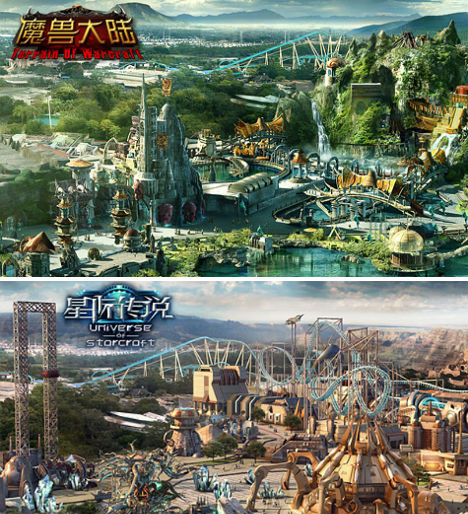
Some say her clout gave roller coasters the credibility to spread into Europe by the late 18th and early 19th centuries. It had wheels that fit into grooved wooden rails, putting the “roller” in roller coaster and allowing the thrill to continue into summer months, as Wired reports. Popularized in upper class circles, Catherine II of Russia had one installed on her property-but hers wasn’t limited to winter enjoyment. Mounted on an ice block with a straw seat, riders could reach up to 50 miles per hour. In the 15th century, Russians really upped the ante on sledding, building giant, wooden slides-some up to 70 feet tall and 100 feet in length-that they covered in slick ice. "Russian mountains" helped to inspire early roller coasters of Europe, like the Promenades Aeriennes that opened in Paris in 1817. “Russian mountains” predated roller coasters-and Catherine the Great improved them. As any curious human would ponder when gazing upon such a zippy device, tourists saw this and naturally thought: “I want to go to there.” In 1873, at its peak, Mauch Chunk carried 30,478 adrenaline-rushed passengers-each for just 75 cents. With that much weight behind them, they could reach 50 miles per hour through the Lehigh Valley. Gravity forced the cars carrying one-and-a-half tons of coal downhill, which were later brought back up by mules when emptied. The Mauch Chunk Switchback Railway was a gravity railway built in 1827 to haul coal about nine miles between coal mines. Predating Thompson’s Satan-distractor by a few decades was a railway that served dual purposes: a coal carrier in the morning and a joy ride in the afternoon. Mount Pisgah with the Mauch Chunk and Summit Hill Switchback Railroad, 1846-47 One of the earliest coasters in America carried coal before it carried thrill seekers. These scenes would often be built to emulate beautiful landscapes around the world Thompson constructed one of the Swiss Alps, for instance, and another of Venetian canals. These were gravity-powered, slow-moving cars that faced outward, rather than forward, so one could enjoy a constructed scene as the car coasted at less than six miles per hour. His initial invention, however, isn’t like the thrill-inducers we know today. Because it was situated at Coney Island, Thompson is often referred to as the “Father of the American Rollercoaster” for establishing its connection to amusement parks. In 1884, disgusted with the uprise of hedonistic amusements like saloons and brothels, LaMarcus Adna Thompson invented the Switchback Gravity Railway, a patented coaster that visitors to Brooklyn’s Coney Island could ride for just five cents.

It may be hard to believe with roller coasters named Dare Devil Dive, Steel Vengeance and The Beast, but the rides were initially developed as a distraction from Satan’s temptations.


 0 kommentar(er)
0 kommentar(er)
